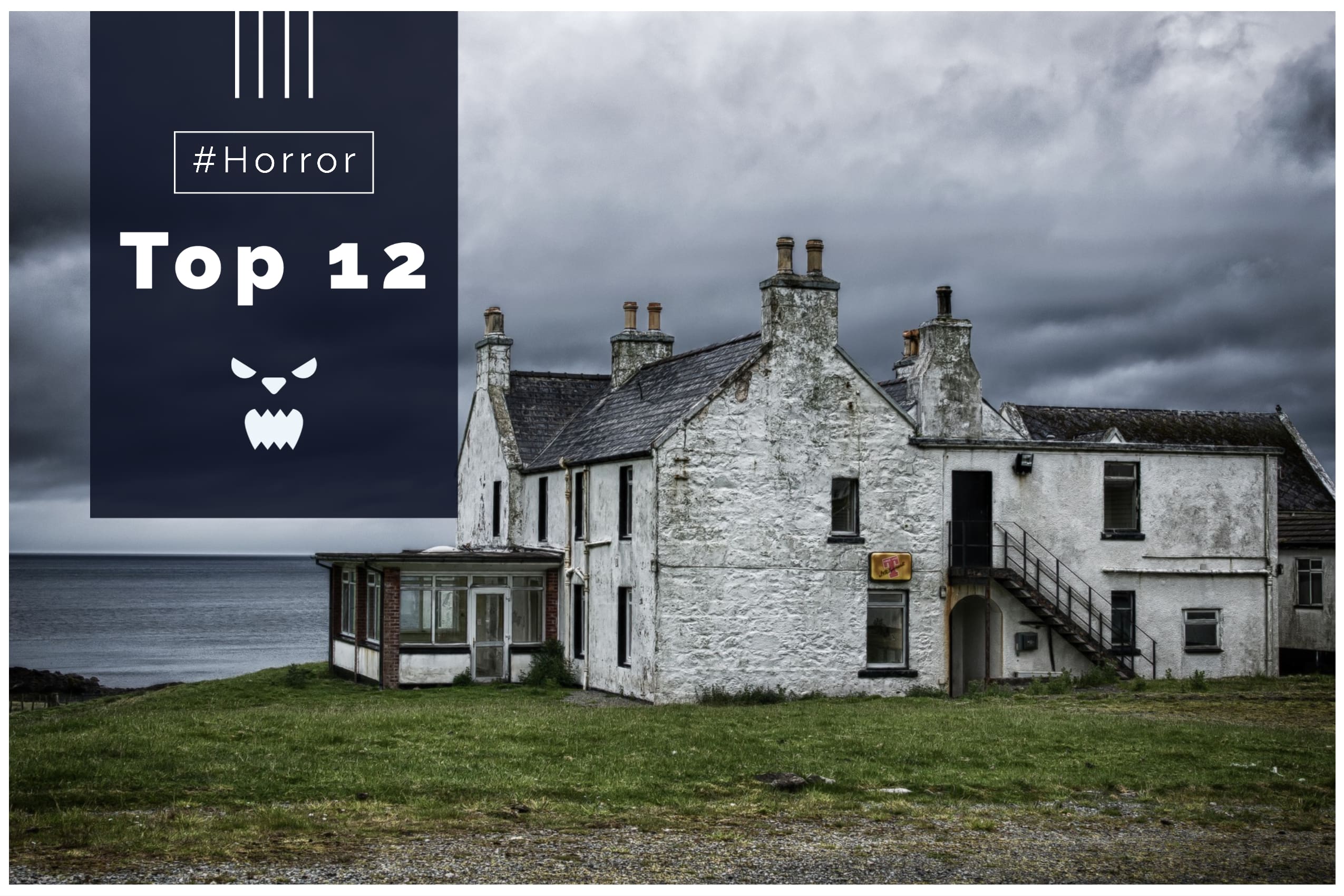📌 Read in / Lire en : Français (French)
Not a fan of planned trips? Do you like to be surprised, and experience some thrills? Then this article was written for you. Europe is a vast continent, full of hidden treasures, magnificent beaches, breath-taking monuments, restaurants to swoon for, and fascinating but sometimes scary places. Unusual cemeteries, ossuaries, mysterious forests, haunted castles… here are our top 12 spooky places to visit in Europe.
The Capuchin Catacombs | Palermo, Sicily
Thrills are guaranteed in the Sicilian capital. In the catacombs of the Capuchins, you will be surrounded by skulls and bones. But also a few mummies in a state of conservation that is truly hallucinatory… and frightening. Although most of the bodies date back to the 19th century, this place was “inaugurated” at the very end of the 16th century, when the cemetery of the Capuchin monastery began to run out of space. These catacombs are therefore popular with tourists: the writer Guy de Maupassant even mentions them in his book En Sicily (1886). The catacombs now contain around 3,000 mummies, arranged along the walls.
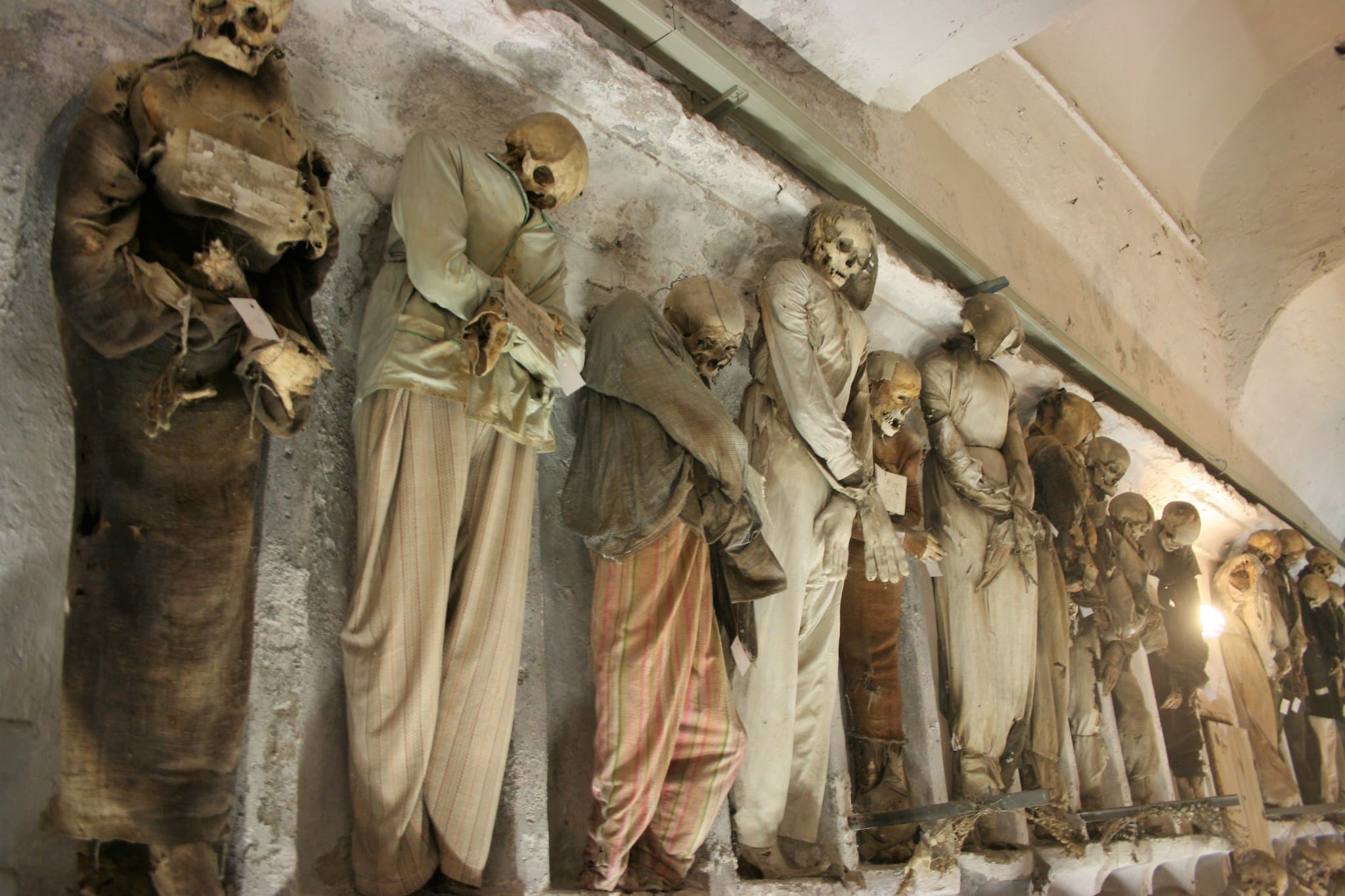
The ghost town of Pripyat | Ukraine
Even if the name of Pripyat does not mean anything to you, you will certainly know the event attached to it. This small Ukrainian town is only three kilometres from the Chernobyl power plant, in the 30km exclusion zone that was set up around the site after the 1986 nuclear disaster. This modern city (dating from 1970) was evacuated after the explosion and has since served as an open-air museum, which can be visited through specialized tourist agencies. The only conditions to be met are that you are at least 18 years old and have an authorization from the Ukrainian Ministry of Emergency Situations.

The Park of sculptures by Veijo Rönkkönen Parikkala | Finland
This is a matter of taste. Some will find this garden simply beautiful, others a bit distressing. In any case, the work of the artist of Finnish origin, Veijo Rönkkönen, has been colossal: during his fifty years of activity, he has created 500 concrete statues and placed them in the garden of his house. These are statues of humans, engaged in various activities. Many of these figurines perform yoga movements. We leave you to decide whether they are creepy or charming, but to find them, you will have to go to Parikkala in the south-east of Finland, near the Russian border. This will be a beautiful trip in itself.
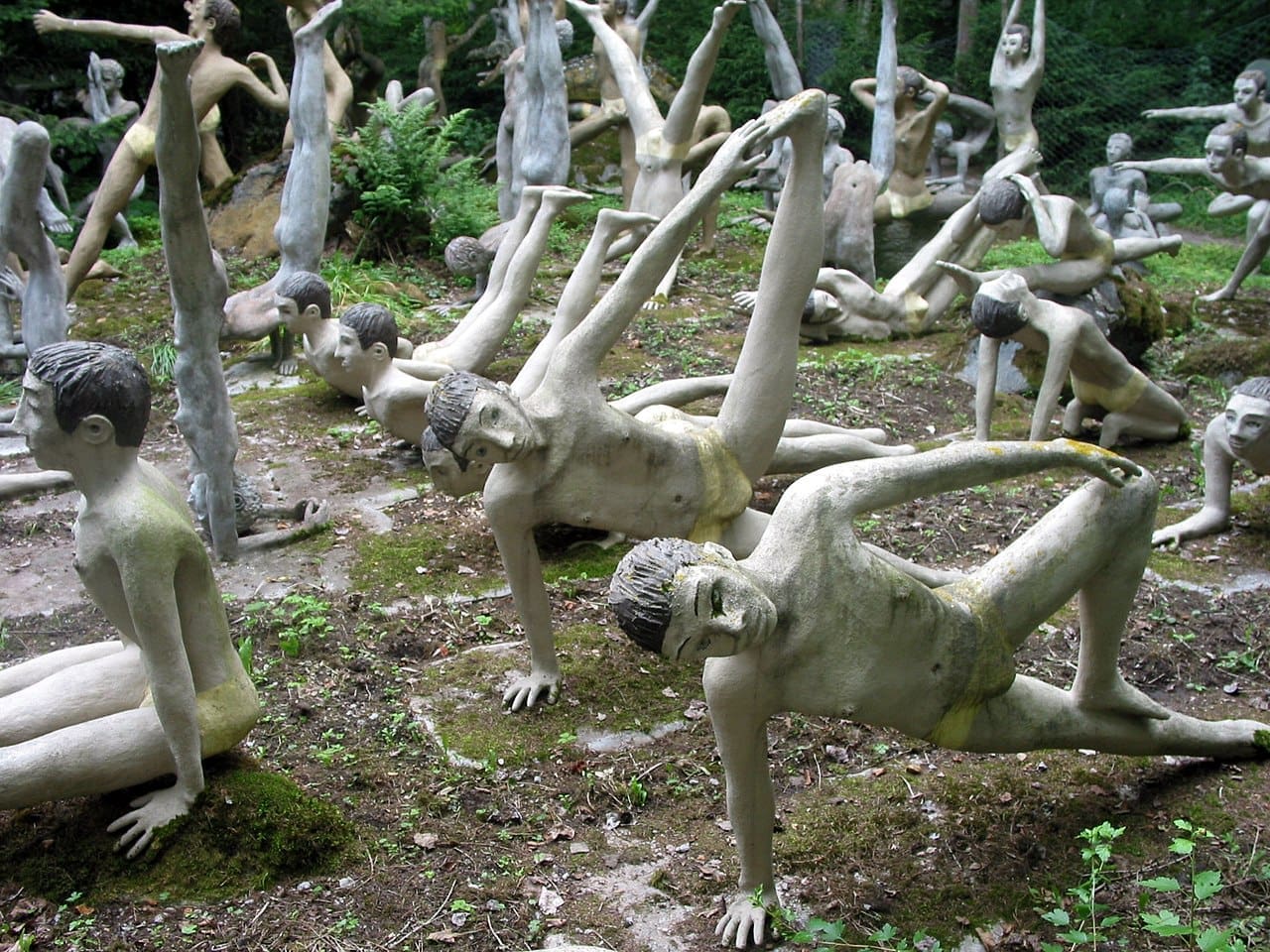
The Beelitz-Heilstätten Hospital | Beelitz, Germany
For this next spooky location in Europe, head to Beelitz in Brandenburg, Wastern Germany. Scary? Not so much for the place itself as for the historical figure who stayed there. During the First and Second World Wars, the Beelitz-Heilstätten served as a military hospital and sanatorium for sick and injured soldiers. Among the 17,500 convalescents housed here was Corporal Adolf Hitler from October 9th to December 4th 1916 to be precise. The sixty buildings that make up the place are abandoned but have kept all their character.

The (haunted) island of Poveglia | Italy
This is much less romantic than Venice, but still very close by. The island of Poveglia, east of Serenissima, has the reputation of being haunted. As early to the first plague cases, there have been tales of apparitions. These rumours did not get better with the construction of a psychiatric hospital in 1922. The island, currently for sale, has become a playground for ghost hunters of all kinds. We talk about it in more detail in this article.
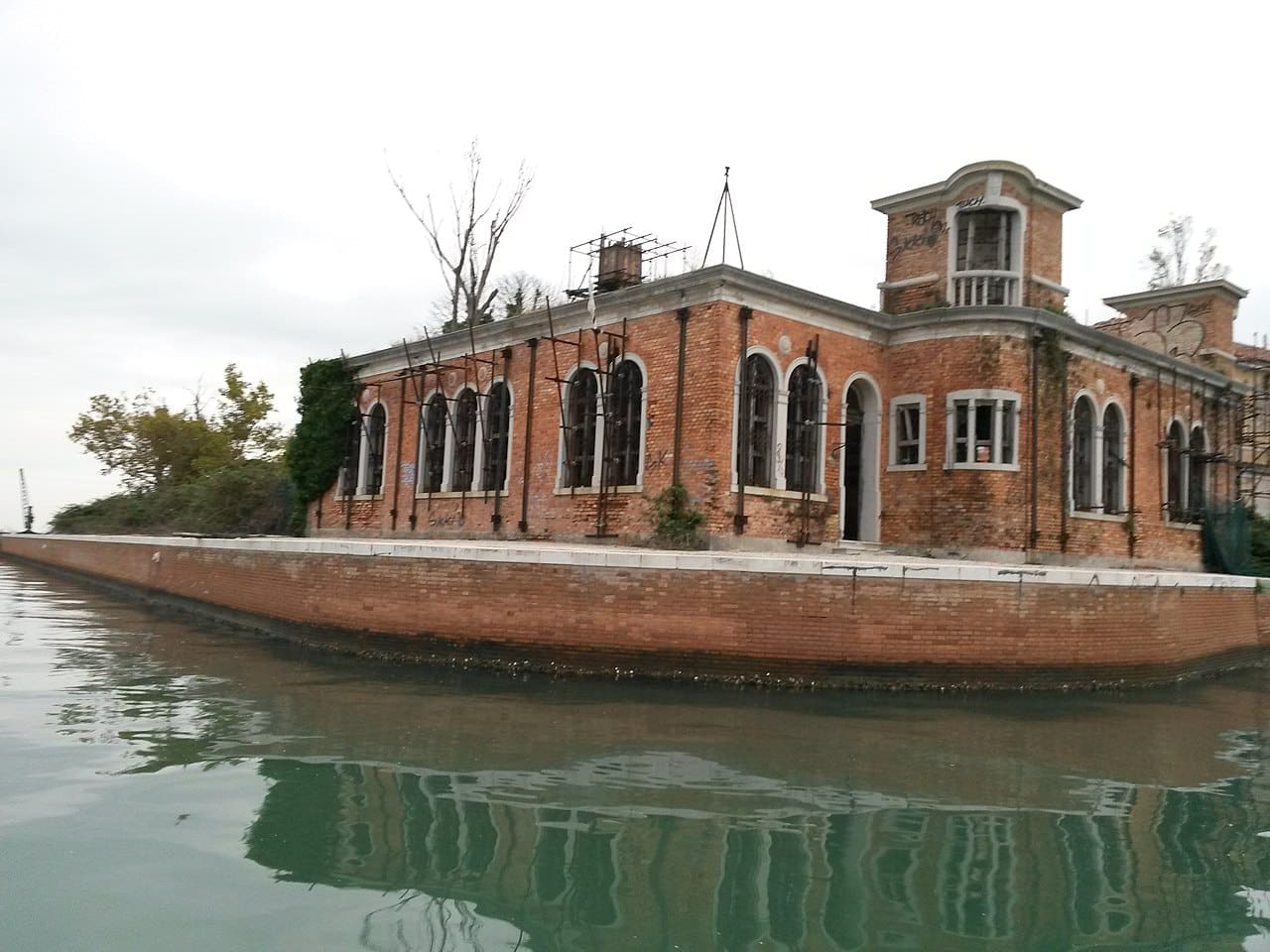
The Sedlec Ossuary | Czech Republic
The Sedlec Ossuary, located in central Bohemia in the heart of the Czech Republic, is a testimony to the torments that medieval Europe experienced. Its origin goes back to that of the Church of the Assumption of Sedlec, belonging to the Cistercian order. After the Black Death in the 16th century, and the Crusade against the Hussites in the following century, its cemetery was partly destroyed, and the bones which had been there were transferred near the funerary chapel – the remains of more than 40,000 people are currently there today. The decoration of the premises is more recent, dating to the late 19th century.
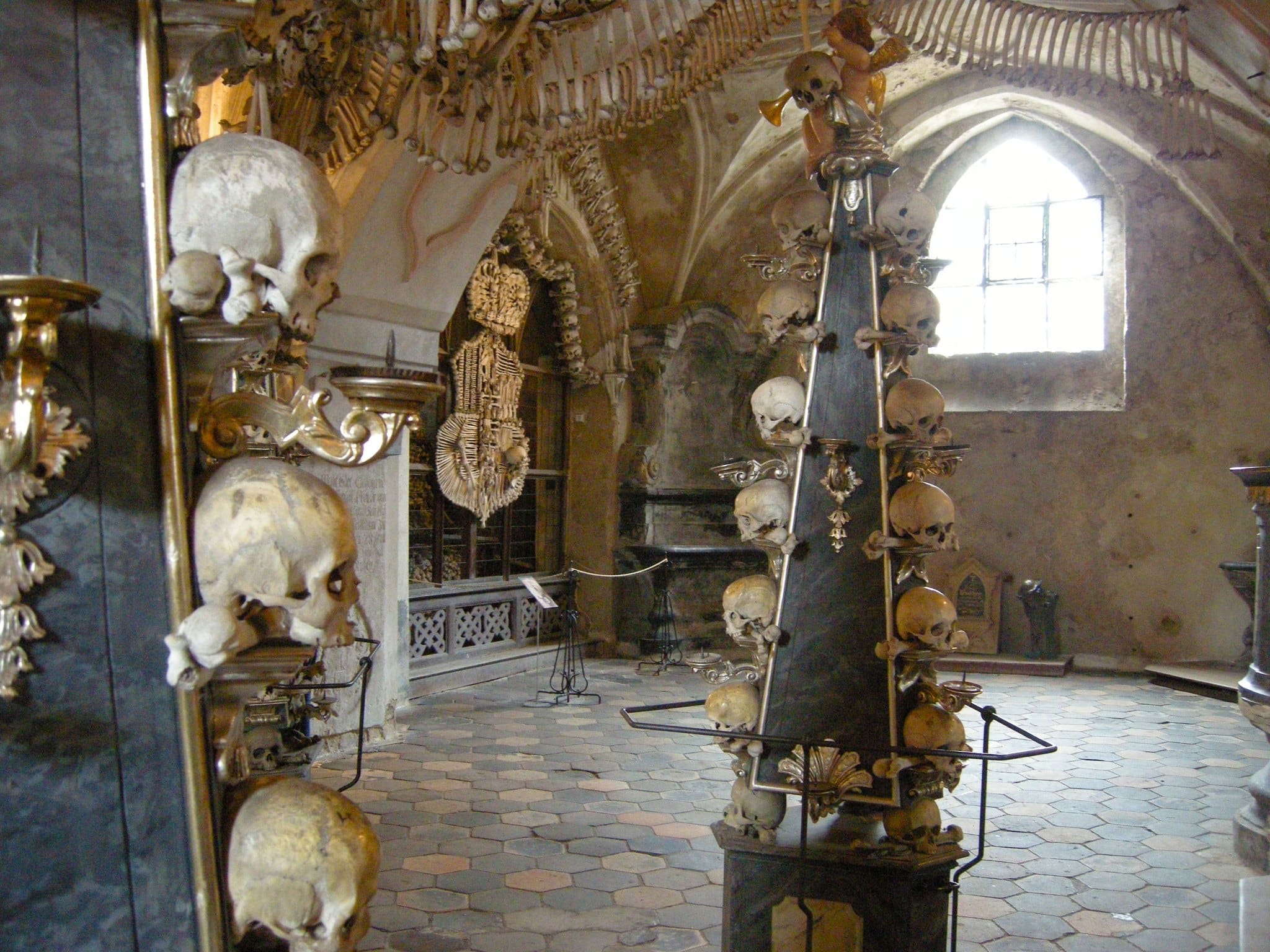
The Hill of Crosses | Siauliai, Lithuania
This hill like no other is located near the city of Šiauliai in the north of Lithuania. What do we find there? Crosses, by the tens of thousands. At the last count, there were nearly 100,000. The precise origin of the practice of leaving crosses and busts of the Virgin Mary is rather unclear, but it is believed that the first crosses were placed on the old hill fort after an uprising against the Russian Empire in 1831. Still, the spectacle is absolutely awe-inspiring, and according to some people, quite frightening. The Hill of Crosses has become an important place of pilgrimage for Catholics in the region.
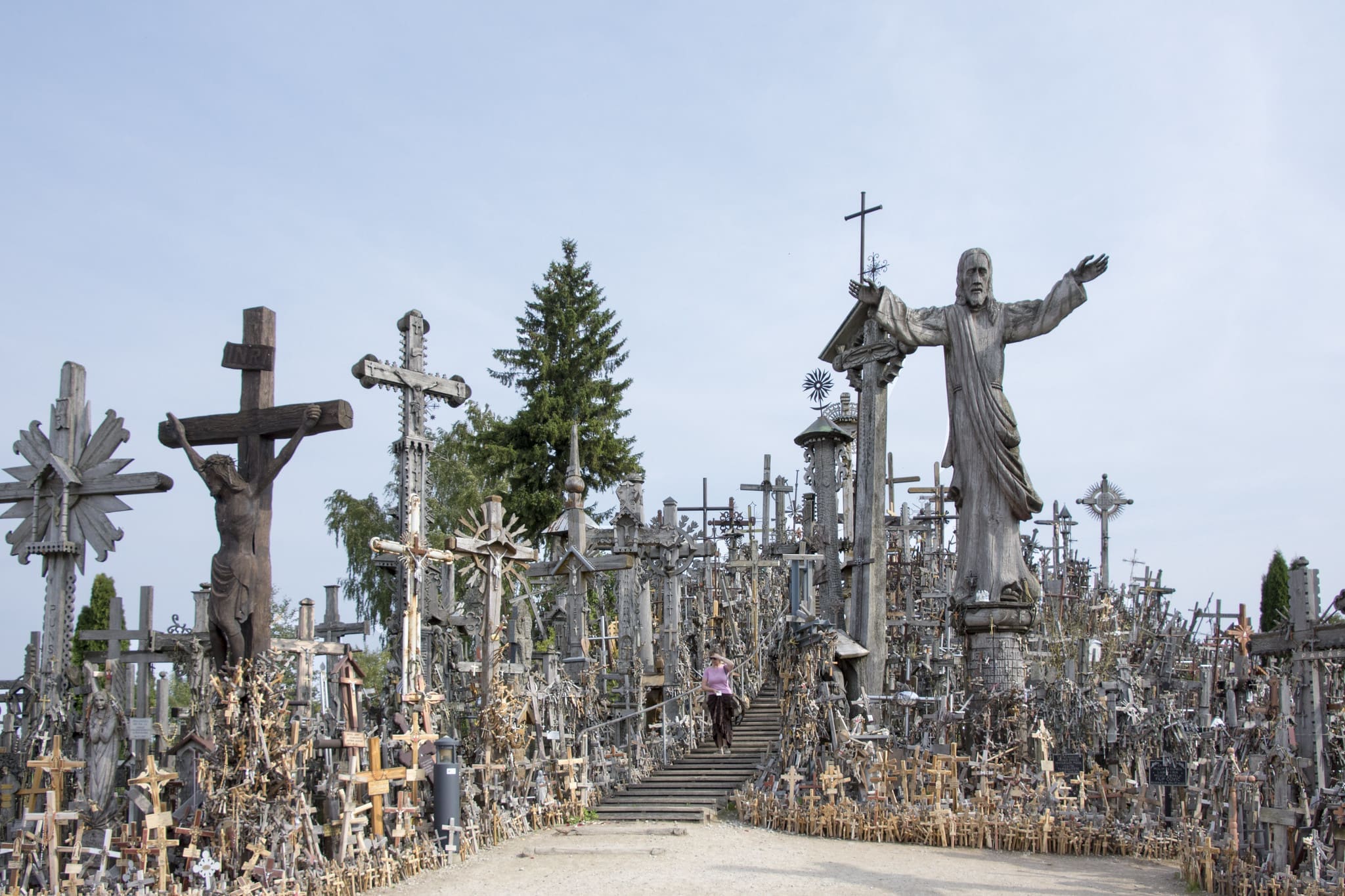
The Chapel of Bones | Evora, Portugal
This is a bit like the Seldec ossuary, but in Evora, east of Lisbon in Portugal. It is an episode of plague which, again, is the origin of this somewhat frightening place. In the 16th century, the monastic cemeteries were unable to contain any more remains, so the Franciscan monks of the city decided to exhume the bones of the dead and use them to create a chapel of bones dedicated to Christ carrying his cross. Apart from the bones, the Capela dos Ossos is also decorated with religious statues and an impressive painting.

The Catacombs of Paris | France
These Paris catacombs (official site) are world-famous, and rightfully find their place in our selection of the most frightening places to visit in Europe. Located in the heart of the French capital, they are the largest underground ossuary in the world: the 1500 meters of galleries filled with bones have their effect. Tourists flock there every day. You can see them in single file near the Alma bridge, between the 7th and 8th arrondissements. There are also unofficial routes in and around the catacombs. Under Parisian soil, nearly 300 km of galleries have been dug, which also house numerous remains. It is forbidden to enter, but visits are still organized…
🚨 Don’t be fooled again. In this article, we tell you all the street scams to avoid. So that visiting Paris remains a pleasure.
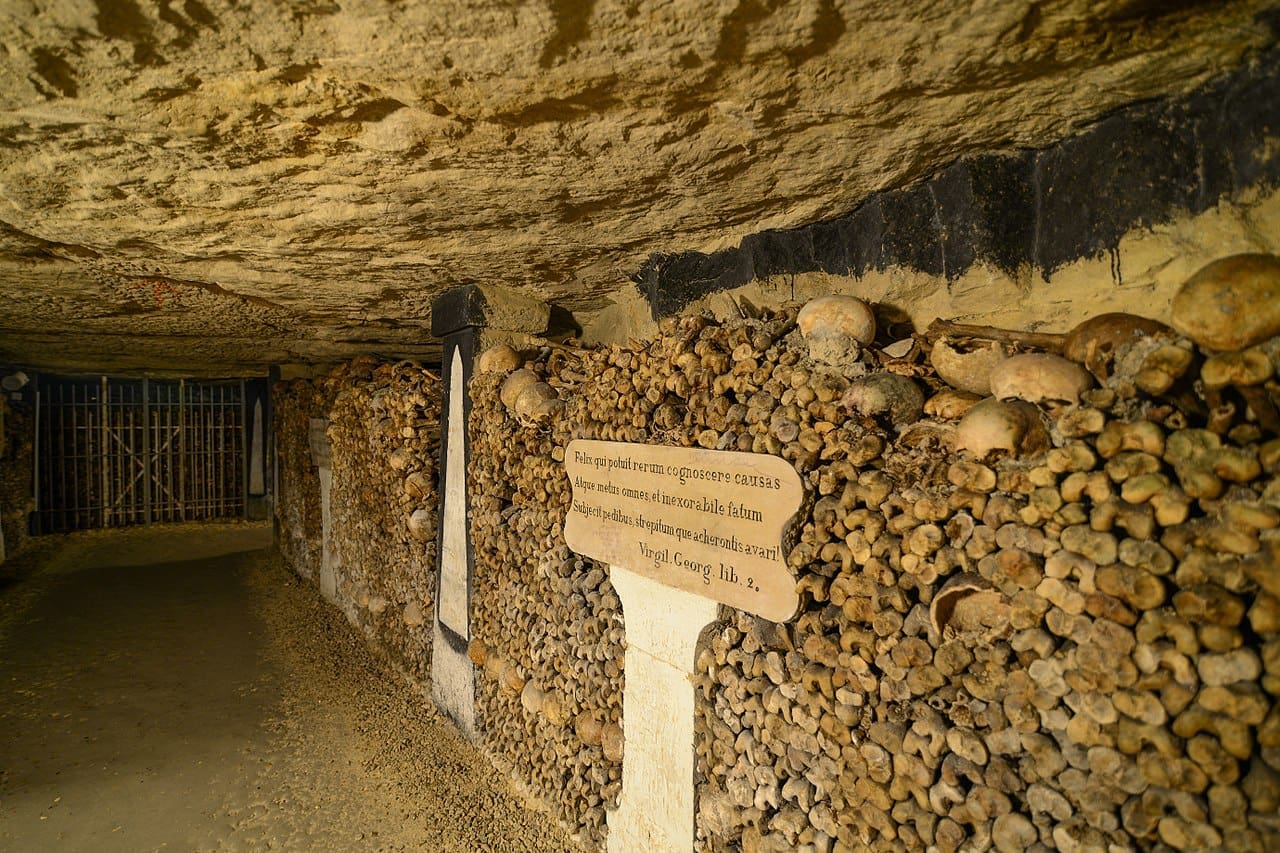
The forest (also haunted) of Hoia Baciu | Romania
For this new ghost quest, head to the northwest of Romania. This forest, located near the city of Cluj Napoca, is not huge, but it is dense. It is also far from being abandoned – in fact, it is full of activity – strange phenomena take place there. There have been sightings of spirits or ghosts, bizarre shapes among the trees, and even, in the 1960s, a UFO! You’ll find all kinds of information on the White Zone site.

The Vrolik Museum | Amsterdam, Netherlands
Not a castle, forest, or crypt… The next spooky place we are going to see is a museum. The fascinating Vrolik Museum is located a little out of the way in the Dutch capital, in the middle of a medical school, and is dedicated to the medical science of yesteryear. It displays fantastically-preserved skulls, embryos, and malformations. It all started with a private collection of anatomical anomalies built up by Gerardus Vrolik (1755-1859), one of the most important Dutch scientists of his time. Since then, the finds have been piling up. Set aside a good hour to see everything.

Bran Castle (from Dracula) | Romania
Finally, we return to Romania for one of the most popular, magical, and somewhat frightening places in Europe: Bran Castle, better known as “Dracula’s Castle” (official site). This fortress, located in the very centre of Transylvania, was erected between 1377 and 1388, and directly inspired Bram Stoker in his novel devoted to the prince of vampires. A room in the castle is dedicated to the legend of Vlad the Impaler and the myth of Dracula.
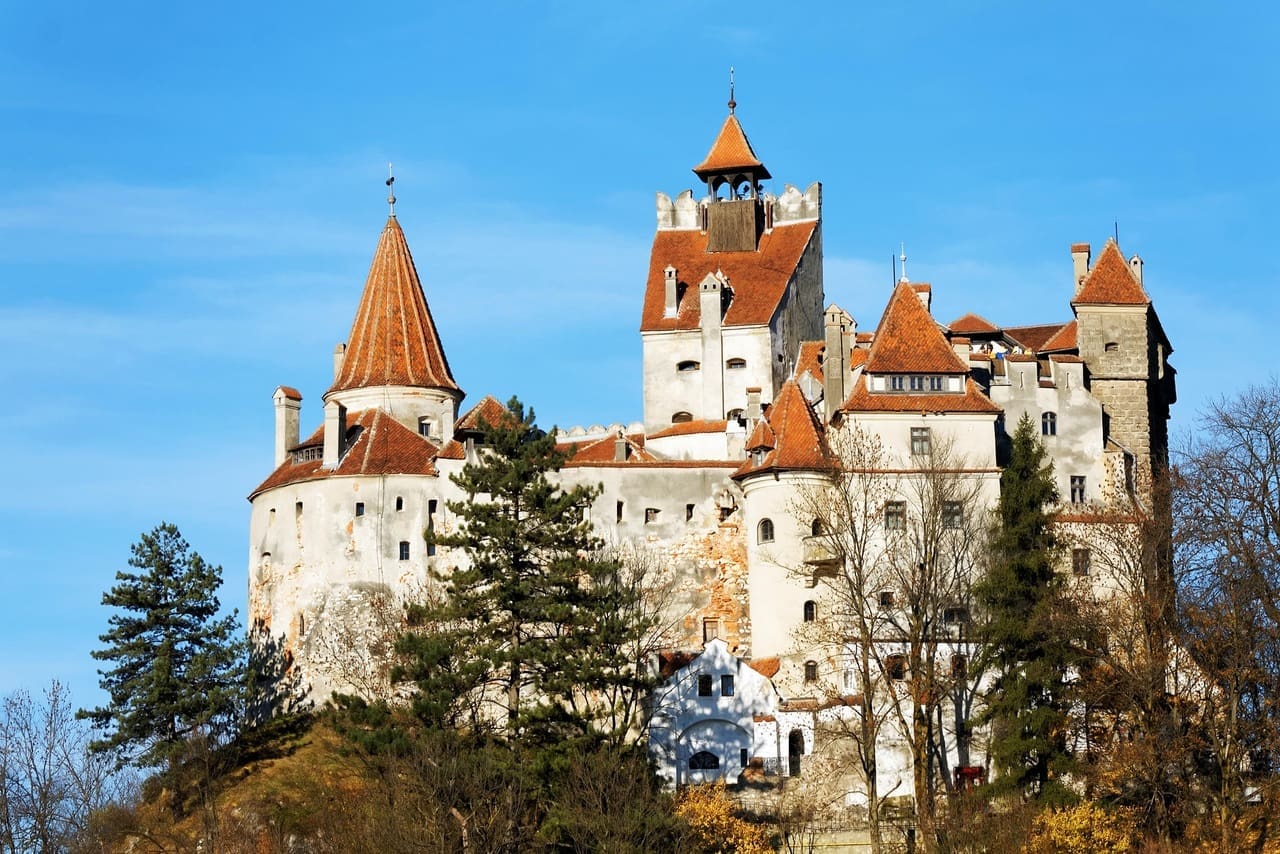
That’s it, our selection of the spookiest places to visit in Europe is complete, but if you have any other suggestions, please let us know in the comments.
